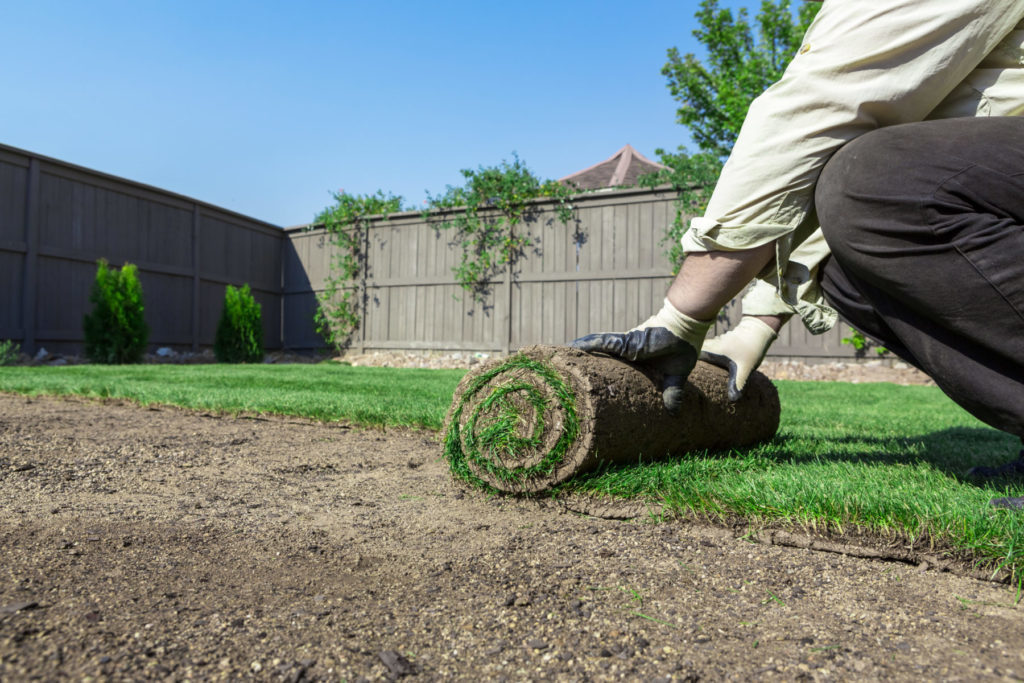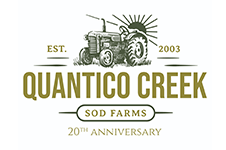
Let’s go over why your sod is turning brown.
Dryness, dead spots, discoloration, and thinning are the last things to expect from freshly installed sod. But what does brown spots on your new sod mean? New sod can turn brown due to poor installation, pest infestation, soil compaction, and inadequate water. Identify the cause first to help save and revive sod through proper techniques. Let’s go over why your sod is turning brown.
Improper Watering
Some homeowners notice brown spots in new sod and panic, dumping more water on their lawn, assuming it’s too dry. However, overwatering can cause root rot, and lawns often don’t recover. If you’ve been watering a lot, back off a bit and give your sod a chance to recover from being soggy.
At the same time, underwatering your new sod is just as dangerous. Make sure water reaches every area of your lawn. Sprinklers sometimes miss edges and corners, making these spots dry out faster than the center of the lawn. Keep in mind that areas of sod near buildings, concrete, and asphalt will typically dry out faster due to reflected heat and may need additional water. If your sod turned brown after installation, water could be at the root of the problem.
Poor Installation
If you installed the sod yourself and have never done this before, the grass is likely turning brown due to improper installation, as the sod probably lacks proper contact with the ground beneath it. The air pocket left between the sod and the soil inhibits proper moisture and nutrient intake, consequently browning the grass blades.
Lawn Diseases
Your new sod is getting a lot of water at first as it gets established, and that extra moisture can make it susceptible to fungus that causes brown spots in your new sod. How do you know if the fungus has set in? You might see brown spots, assume your new sod needs more water, and end up making the problem worse. Take a closer look at your lawn. Sod damaged by fungus will often have a brown dead spot where the grass has died but a lighter yellowish-brown ring around where the fungus is spreading. Apply a systemic and curative fungicide within seven days of your sod installation to head off any problems.
Soil Compaction
Very compact soil prevents the water from seeping into the soil and the roots of the growing grass. This consequently causes the grass blades to turn brown due to drought or lack of water.
Get Your Yard Ready for Fall!
Since our inception from a humble 30-acre field to over 4,500 acres of turf grasses, Quantico Creek Sod Farm is now the LARGEST SOD FARM IN THE TRI-STATE AREA. Our service areas cover Pennsylvania, Maryland, DC Delaware, Virginia and Northern North Carolina. Order early and order often to ensure the best service possible. Contact us through our online page. Please find us at 27616 Little Lane, Salisbury, Maryland 21801. Our phone number is 410-726-6103, and our fax number is 410-742-6550. Speak to Jason Anderson for Turf Grass Sales. Reach him by email at jason@quanticocreeksod.com. Finally, follow us on social media on Facebook, LinkedIn, and our blog.
